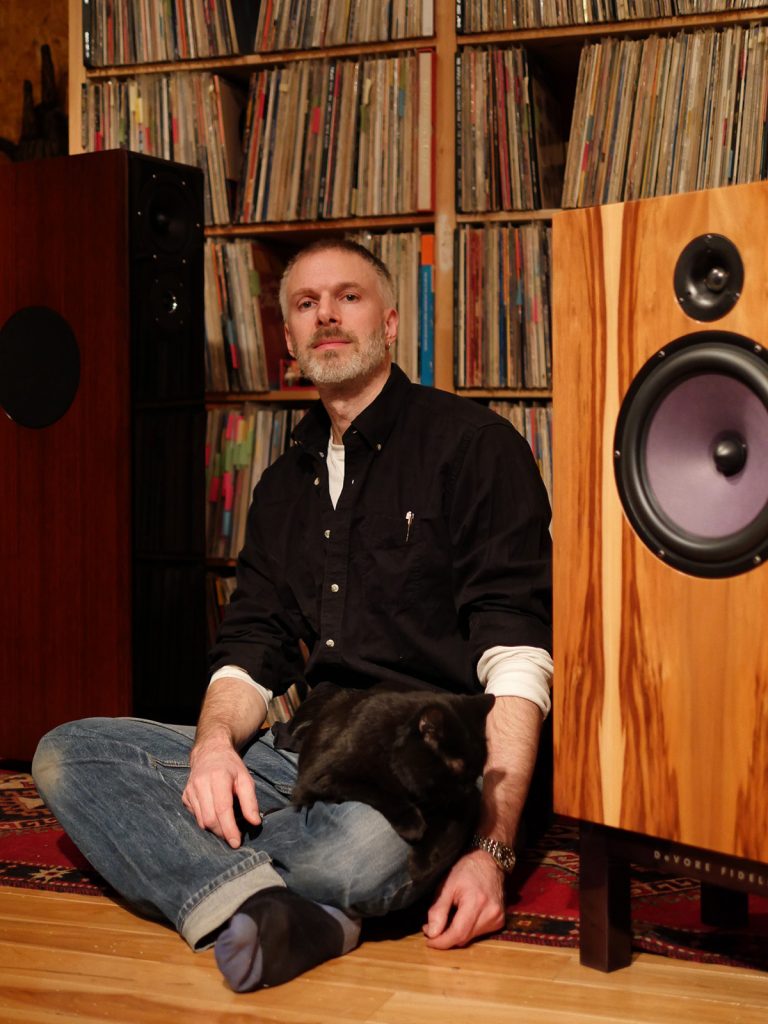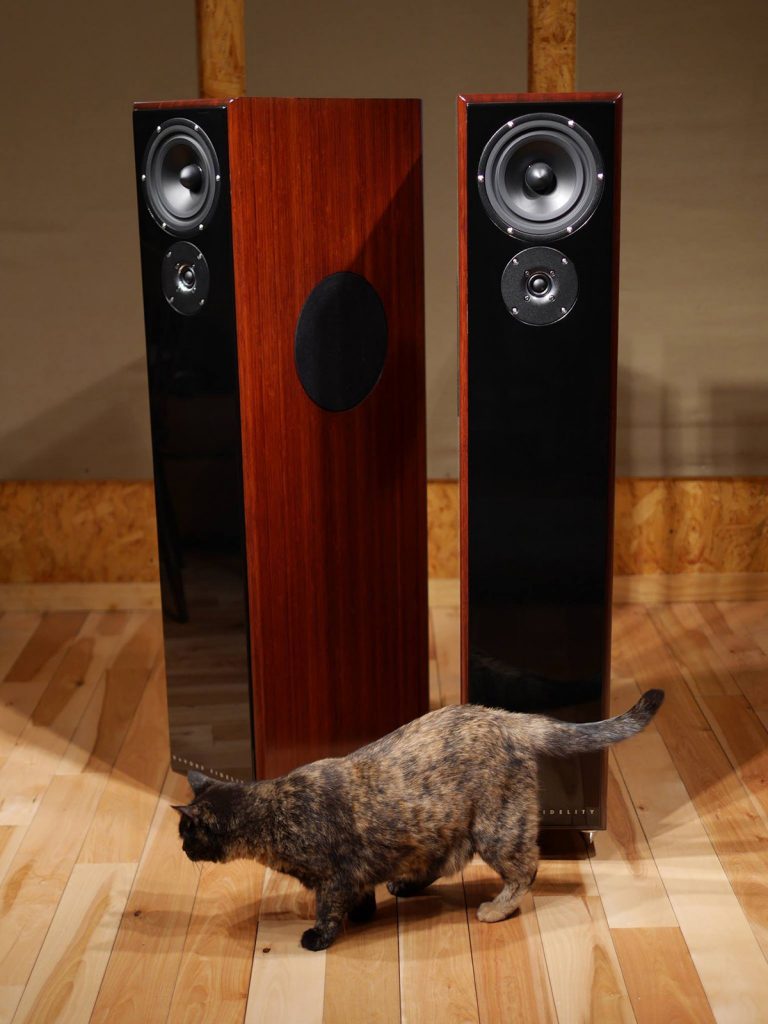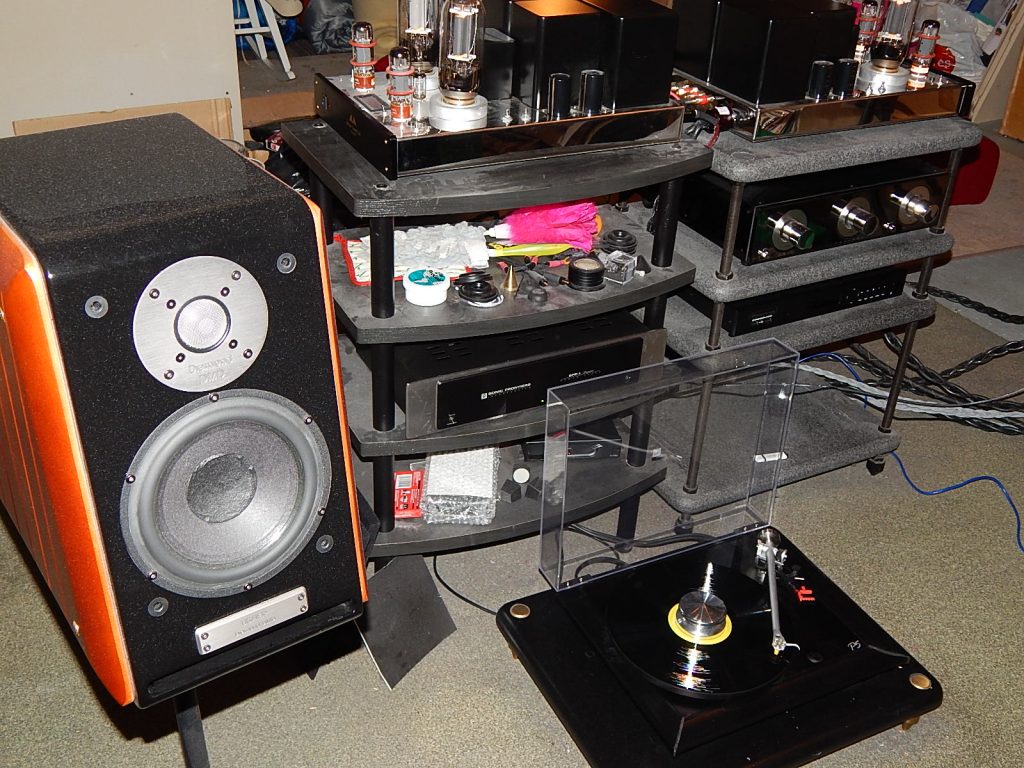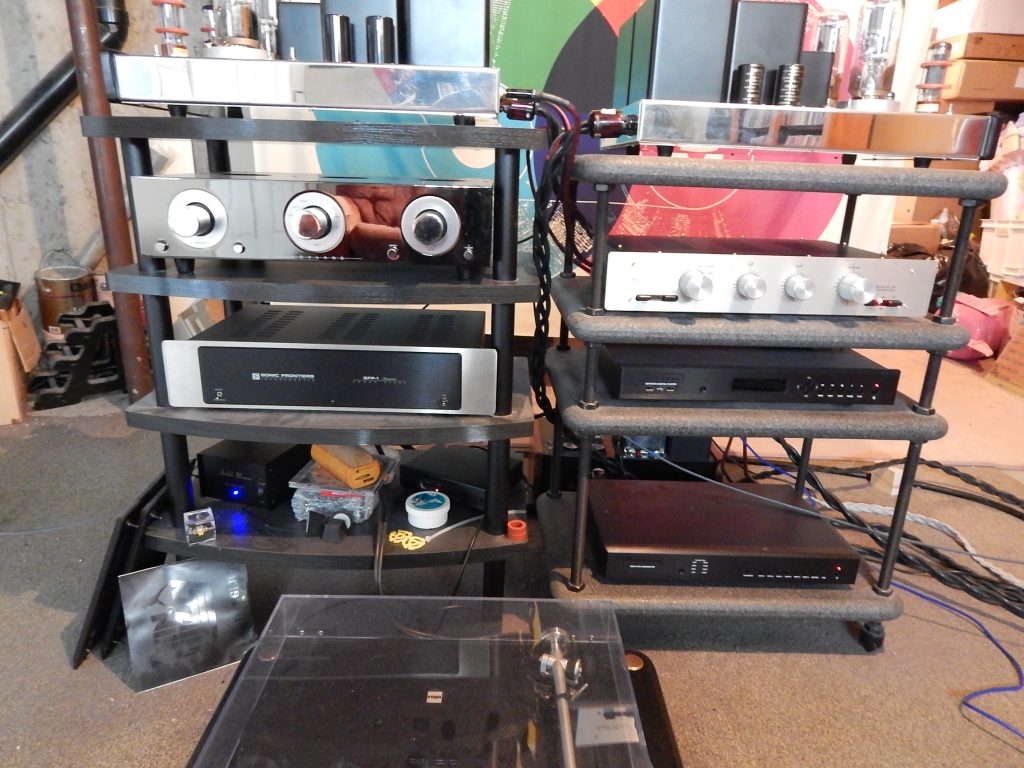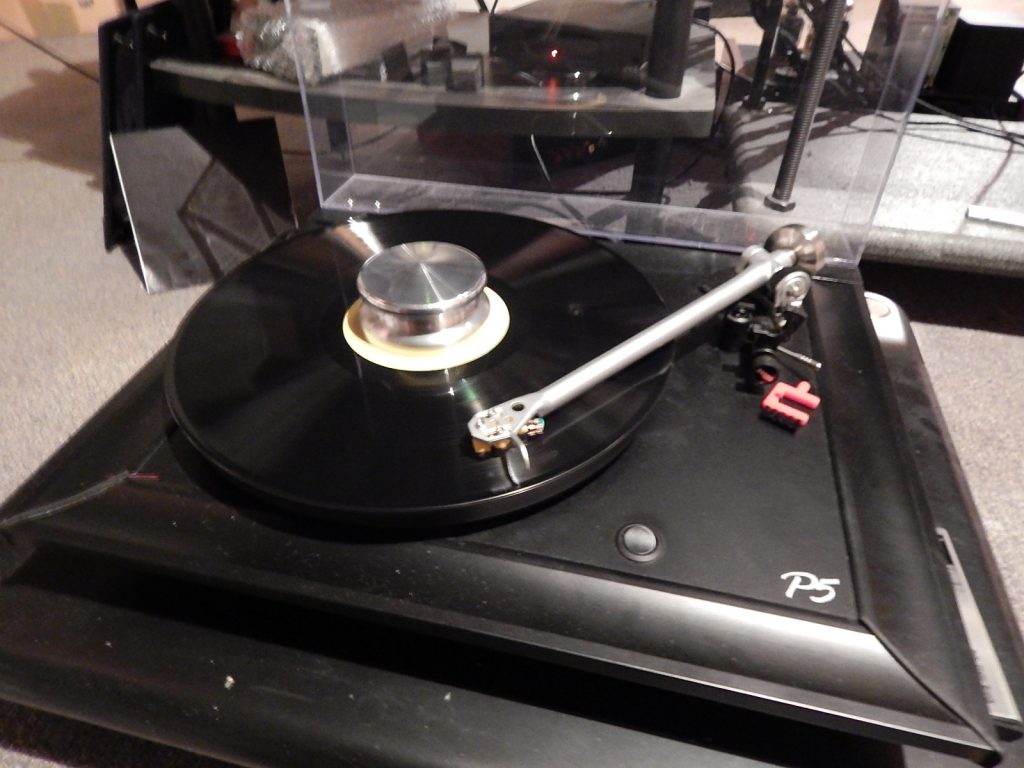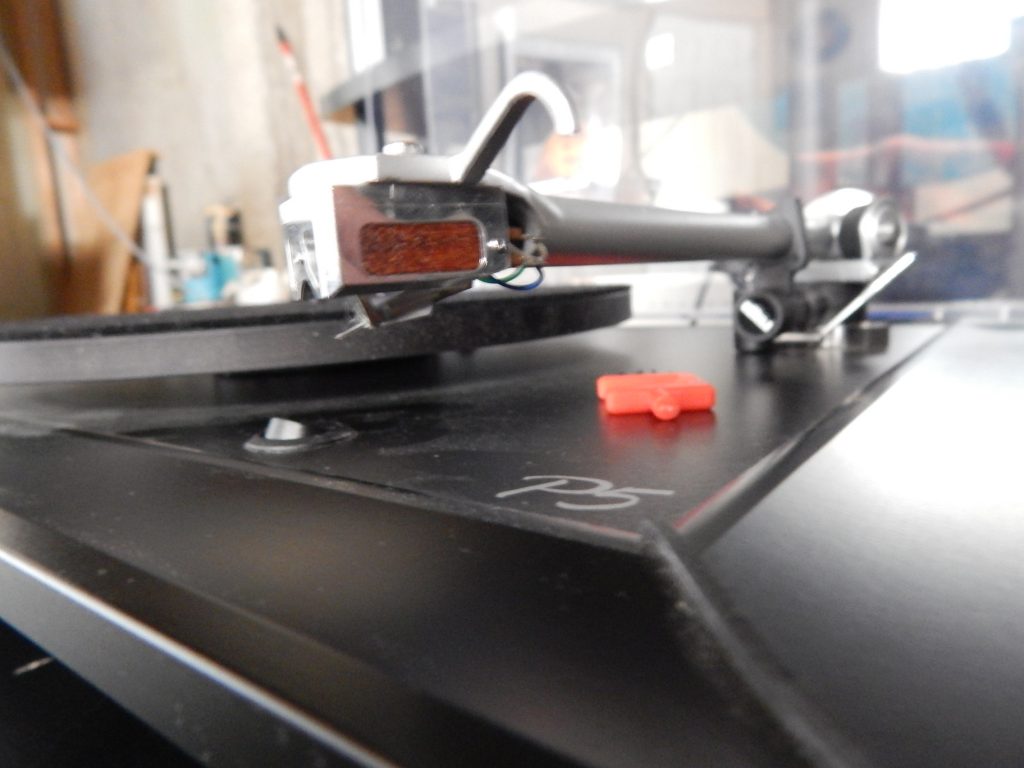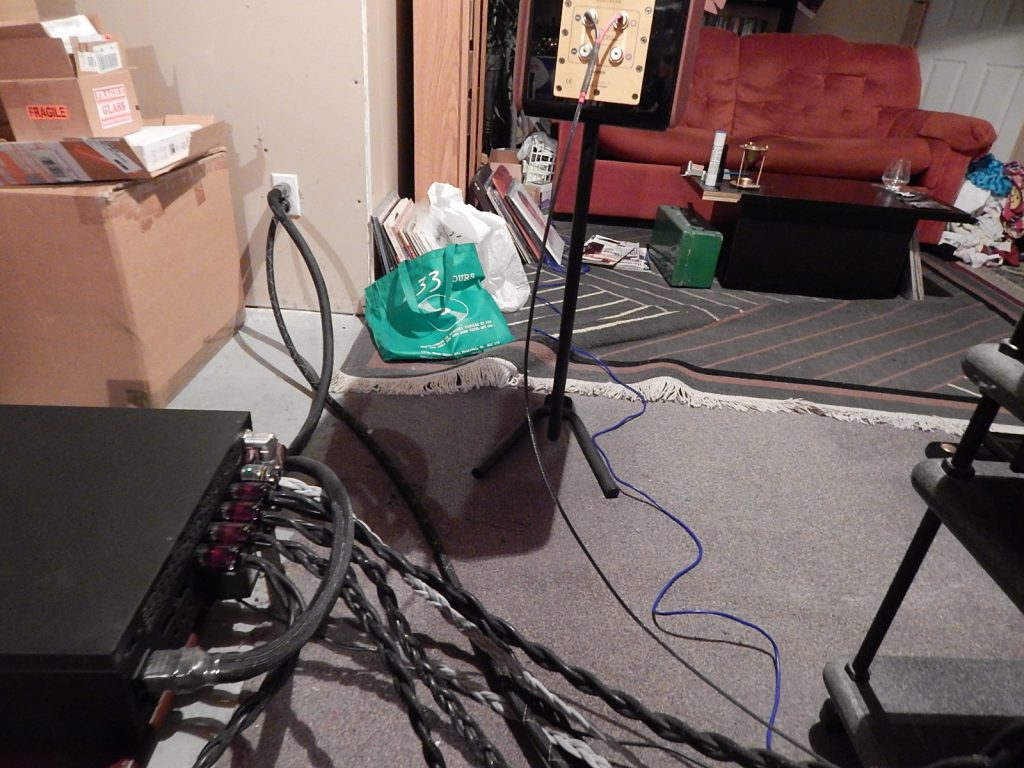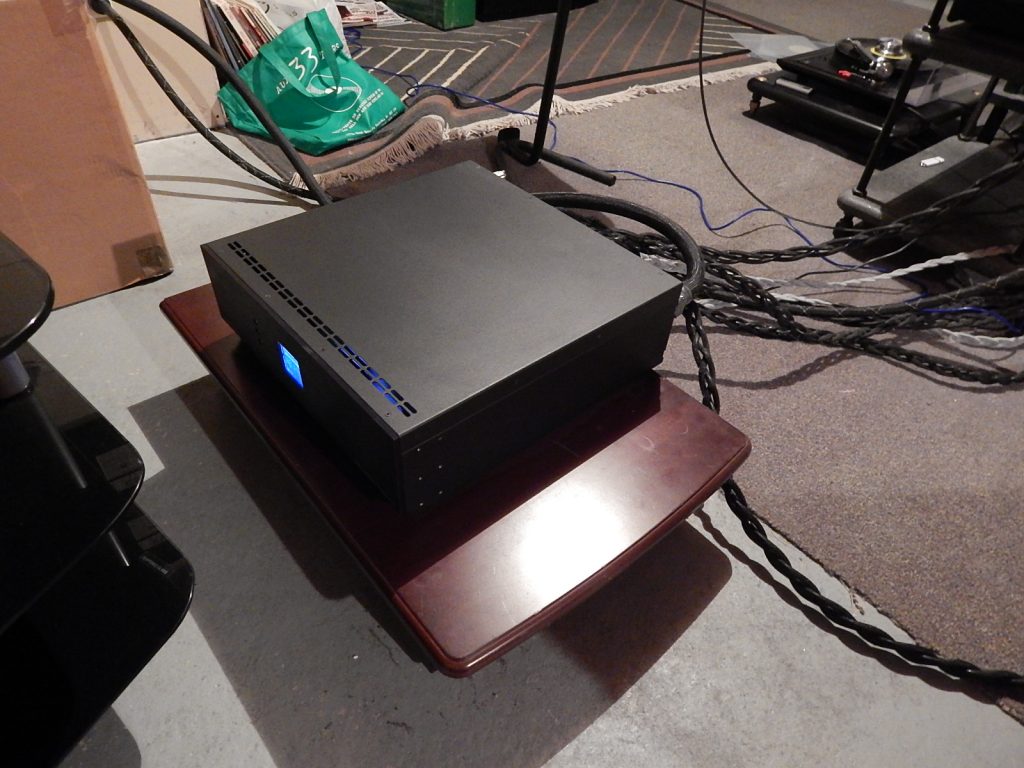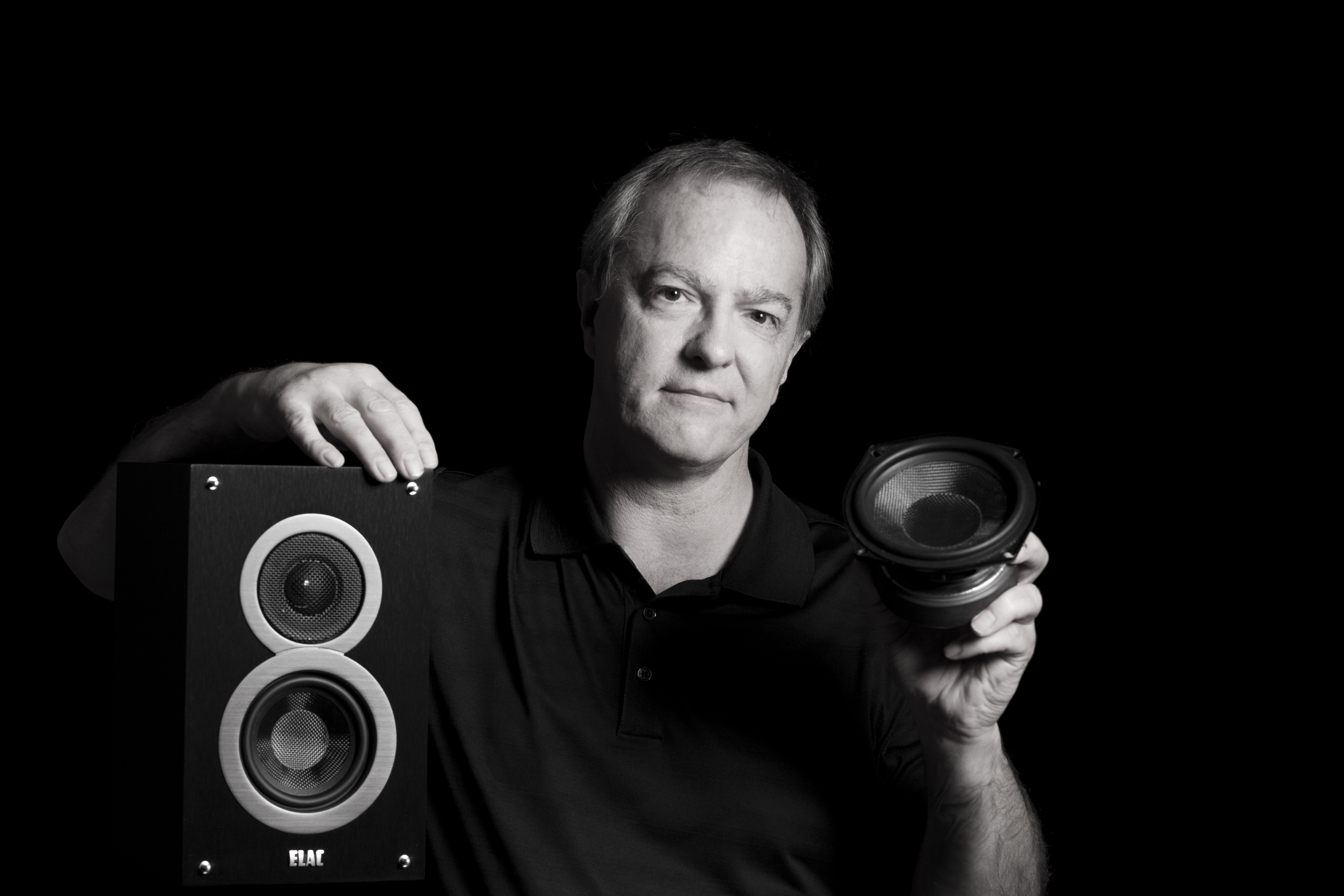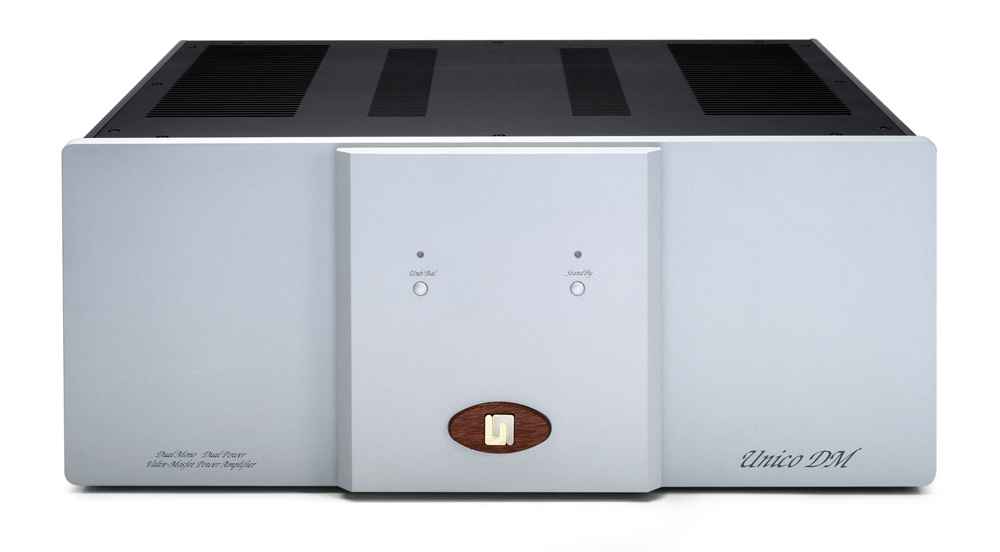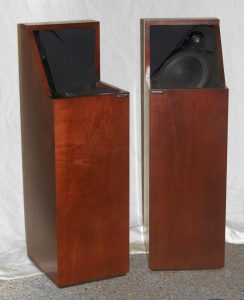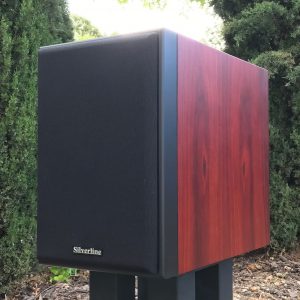DeVore Fidelity: Why Getting the Best Sound is all About Balance, or: "C'mon, John. Just once for the camera—Cheeeeese!"
"I began obsessing about hi-fi more than 40 years ago. I also love station-wagons with manual transmissions, shirts that actually fit, old stuff that looks futuristic and new stuff that looks retro. I'm also more comfortable on odd-numbered floors than on even-numbered ones." - John DeVore
John DeVore has been on a roll. The boho-chic maestro of the speaker company that bears his name, John is the author of such modern speaker classics as the Gibbon Nines, the Orangutan O/93 and O/96, several pairs of which have taken permanent residence in the listening rooms of esteemed audio reviewers. In the firmament of present-day audiophile speaker designers, John is a star, not as flashy or visible as others, but whose glow has grown steadily over time.
His growing popularity is the first reason why I thought he'd nix my modest interview proposal. The second reason is that he struck me as a private person who wasn't particularly fond of having attention focused on him personally, a preconception I held because sightings of John are scant in audiophiledom, and that in the few recent photos of him I've seen I can't recall a single one in which he is smiling.
(Not John, but a gibbon, perhaps the most unsmiling animal species on Earth.)
So imagine my surprise when I got back an email from John saying: "Thanks for thinking of me for this series. I am interested." And as if that wasn't enough to boost my morale, he'd signed his email: "John DeVore, Top Banana, DeVore Fidelity Ltd." Top Banana! Gibbons and orangutans and silverbacks! Get it?
"Did he really just say he's the top banana? That is funny." – A silverback gorilla
It was humor, dammit! An inside joke I was invited in on! To celebrate my good fortune, I immediately cracked open the first in a series of cold ones, a process throughout which my admiration for John grew exponentially, until late in the evening when, according to my wife's version of events, I was muttering about how "J.D. and I are best buds and going to hang together at his favorite NYC haunts!"
Of course it was drunk talk, but it was also worse than that. My overzealous claim of bosom-buddiness with John threw the truth into stark relief: I knew zilch about him. So I asked him to submit a short blurb about himself, not a typical CV-type list of accredited accomplishments, but a casually introspective one that could serve to introduce him at the beginning of this instalment. I also asked for photos, ones depicting content he felt represented the DeVore Fidelity ethos, and another to officially put an end to any speculation that he won't smile for the camera.
I'm happy to report that I got it all, including his reflections on my interview questions:
Q: The speaker manufacturing business is a highly competitive business to get into. What inspired you to take the risk?
A: A concept I knew had real possibilities. When DeVore Fidelity was started in 2000, my goal was fairly unique: to produce "normal" looking and sounding speakers that were easy to drive even by low-powered tube amps. Through the 80s and 90s, speakers either tended to sound bland and lifeless unless powered by very high-current amplifiers, or were big difficult-to-integrate horns. Design goals were divided into two camps: "accurate" or "musical", as if the two were mutually exclusive. I couldn't stand this artificial discrimination. Still can't.
In the intervening decade and a half, speaker designs in general have swung much closer to our founding ideals of producing "normal" looking and sounding speakers with easy-to-drive loads. Good to see!
Q: Performance-wise, what does it take for you to give a speaker design your stamp of approval?
A: Everything. Ha! Seriously, it's a very slow process (as evidenced by the 5-year Gibbon X project). There is no single thing that I'm looking at to resolve—it's really everything, the holistic picture. It's time-consuming because if something I'm not happy with does come up, it can't just be "fixed" but rather it must be eliminated from the system at the roots. This often means more work on many elements (drivers, crossovers, cabinet tuning) to achieve the most balanced sound.
Q: So where does audio come up shortest when it comes to sounding like real music?
A: Hmm. I've heard plenty of hi-fi systems that truly sounded like real music. If you mean "live" music, that's a different thing, and often has to do with dynamics and energy, though even this can vary enormously between someone playing a classical guitar a few feet in front of you, and a live rock show with thousands of fans.
Q: What quality(ies) in sound reproduction contribute(s) most to emotional engagement?
A: Balance across all aspects of the speaker system. All things in proper relation to one another. Chasing two or three specific parameters at the expense of all others in a design creates a speaker that is out of balance. A speaker like this might initially impress with one or two highlighted things it does well, but will eventually fail to engage a listener long-term as this lack of balance becomes apparent.
The easier the playback system makes it for a listener to believe he or she is hearing the "real thing," the deeper the experience becomes.
Q: Most important component in the playback chain? Why?
A: In order to avoid saying it's the speakers, I will say it's the room. It is the most overlooked and influential factor in sound reproduction. I'm not talking about putting treatments all over the place—I don't like that approach—but careful set-up of the system makes all the difference. Put your gear on a good rack, and take good care of speaker positioning; an inch one way or the other can smooth out tonal issues.
Q: If you had to describe in two words the DeVore speaker sound, what would they be?
A: Just Right.
Q: Pop(ulist) Question: Killer tip for speaker setup?
A: Patience! Remember everything burns in, so what might have worked out of the box might not be optimal after 500 hours. Also, take your time and keep exploring. Use blue tape to mark a good sounding position before you move to the next.
After all is said and done, I can't say I know John much better than I did before the interview, but I did learn this about the man: he was a big enough sport to agree to do it, a pleasurable process that revealed his passion for making speakers that provide enduring musical satisfaction.
And if I had to guess, along with what I witnessed of his geniality, thoughtfulness and dedication to delivering the goods, I'd add that he's comfier in his workshop than in public, more quiet than gregarious, and more artisan than salesman, which is to say that he'd rather have his speakers do the talking than him do the talking for them.
By all accounts, his speakers are great at doing the talking. They even love posing for the camera.
5 years in the making: the beautiful Gibbon X
And finally, the "smiling" portrait:
(Sure, he's got a smile—you can see it in his left eye.)




